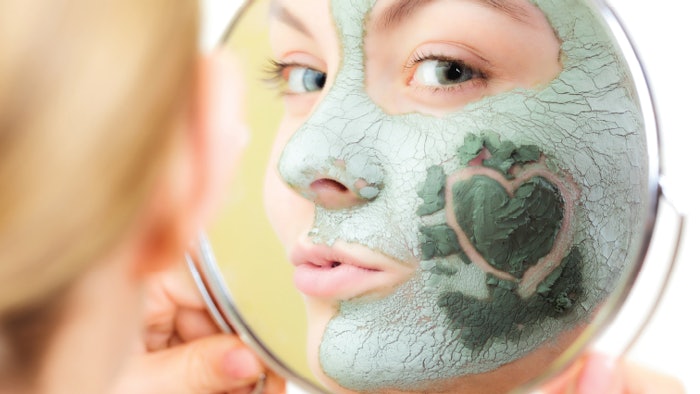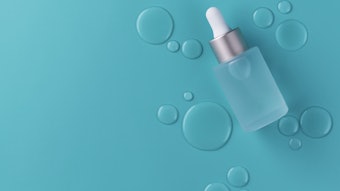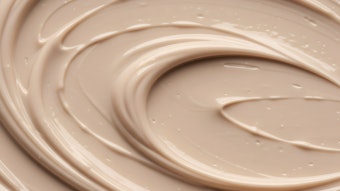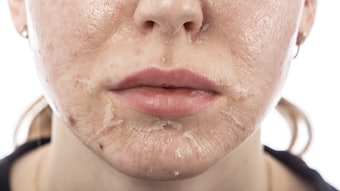
Consumers continue to embrace health and wellness trends as we emerge from the Covid-19 pandemic. Specifically, skin care in the form of face masks is re-emerging in spa and home treatments to cleanse, purify and hydrate the skin. Cosmetic chemists have also given the formulation of skin care face masks a makeover with innovative ingredients and creative new formulations that differentiate them from their predecessors.
Clay Masks
The first type of face masks we think of are clay mud packs that have been around since antiquity. Clays like kaolin, montmorillonite and bentonite are typically used at levels between ten to fifty percent in modern face mask formulations. Although, some products are one hundred percent solids that can be mixed with water just prior to use. One drawback of this method of preparation is that clays progressively hydrate, so you should only prepare as much as needed at the time, unlike preformulated clay masks which should have undergone stability studies to monitor changes over time. Clay minerals are comprised of negatively charged, layered silicates and positively charged metal ions. These platelets of clay swell when it is mixed with water. After application to the skin, the water evaporates as the mask dries, creating a tightening sensation and capillary action kicks in, pulling excess oil from the skin. You can easily see the oil spots emerge around pores as clay masks dry.
Related: Tried and True: 5 Must-know Masks for Estheticians
The oil absorption capacity of clays and other cosmetic powders is related to a property called specific surface area. Specific surface area increases with decreasing particle size. The specific surface area also increases if the particle has pores. A good example of a highly porous material used in face masks is activated charcoal, which is about two times more porous than regular charcoal, making it useful for binding impurities and sebum from oily complexions. Not all clay masks are formulated for oil absorption, the selection of mineral clays can be tailored to enhance skin moisturization.
Sea silt, also referred to as glacial clay, consists of fine mineral particles formed by the mechanical grinding of rocks by glaciers. Silts feel smooth and slippery when hydrated, not grainy or coarse. They have a larger particle size and lower specific surface area than the typical clays used in face masks, and they can help create an occlusive barrier that retains moisture during application. This type of clay is also gently abrasive when massaged into the skin, and it
Continue reading about the hydrating benefits of masks in February's Digital Magazine...
Kelly A. Dobos is a consultant cosmetic chemist and instructor of a course on color cosmetics at the University of Toledo. Kelly has 20 years of expertise in developing both skin care and color cosmetic formulations working for notable brands like Bonne Bell, Purell, and Jergens. She is part of the American Chemical Society’s expert panel for public relations and serves as a subject matter expert for magazines like Allure and New Beauty.











